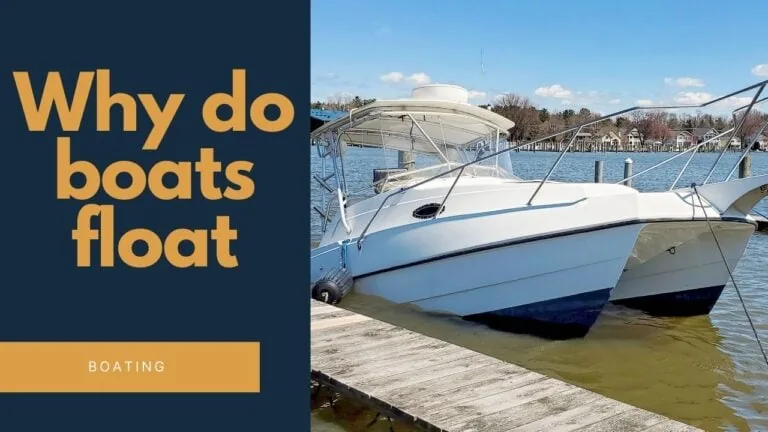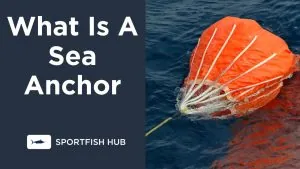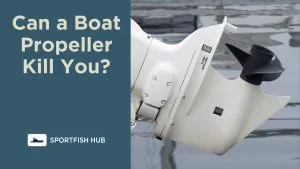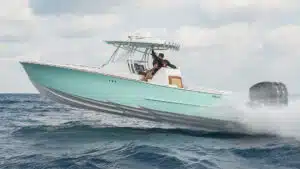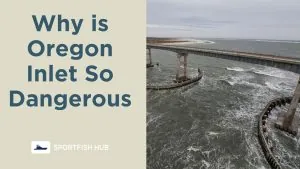Have you ever wondered why massive ships made of heavy metal can float on water while a tiny coin sinks without a trace?
It’s a question that has intrigued people for centuries, and the answer lies in a fascinating combination of physics, engineering, and design. In this article, we’ll explore why boats float, addressing some common misconceptions and related topics, as well as providing unique insights into the world of buoyancy.
Archimedes’ Principle: The Science Behind Floating
The secret to understanding why boats (especially big ships) float lies in a fundamental principle of physics called Archimedes’ Principle.
Named after the ancient Greek mathematician and inventor Archimedes, this principle states that any object submerged in a fluid experiences an upward force (buoyancy) equal to the weight of the fluid displaced by the object.
In simpler terms, when a boat is placed in water, it pushes the water out of the way, creating a space for itself. The water, in turn, pushes back with a force equal to its weight.
If the weight of the water displaced by the boat is greater than or equal to the weight of the boat itself, the boat will float.
Boat Design: How Shape and Structure Contribute to Floatation
Boats are designed with their ability to float in mind. A boat’s shape, size, and construction all play a significant role in its buoyancy. Let’s take a look at some key factors:
- Hull shape: A boat’s hull is typically designed with a wide, flat bottom and curved sides. This shape helps to distribute the boat’s weight over a larger area, allowing it to displace more water and thus generate more buoyant force.
- Size and volume: Larger boats have more space inside their hulls, which allows them to contain more air. This trapped air provides additional buoyancy, helping to offset the boat’s weight.
- Materials: Modern boats are often made from lightweight materials like fiberglass, aluminum, or composite materials. These materials help to reduce the overall weight of the boat, making it easier to achieve the necessary buoyancy.
Why Do Some Objects Sink While Boats Float?
As we’ve seen, boats float because they displace enough water to generate a buoyant force greater than their weight. But why do smaller objects like coins or rocks sink? The answer lies in the relationship between an object’s weight and the volume of water it displaces.
- Density: Density is the ratio of an object’s mass to its volume. Objects with a higher density than water (like metal coins or rocks) have more mass packed into a smaller volume. As a result, they displace less water and generate less buoyant force, causing them to sink.
- Shape and volume: The shape and volume of an object also affect its ability to displace water. Boats are specifically designed to maximize their water displacement, while smaller, compact objects like coins or rocks don’t have the same advantage, leading them to sink.
Factors Affecting Buoyancy
In addition to an object’s weight, shape, and density, there are other factors that can affect buoyancy:
- Water temperature: As water temperature increases, its density decreases. This means that objects are generally more buoyant in warmer water than in colder water.
- Salinity: Saltwater is denser than freshwater due to the dissolved salts it contains. This increased density provides greater buoyant force, making it easier for objects to float in saltwater than in freshwater.
- Altitude: Water’s density decreases with increasing altitude. As a result, objects may be less buoyant at higher elevations than at sea level.
Conclusion
In conclusion, boats float because of their ability to displace a sufficient amount of water, generating enough buoyant force to counteract their weight. A combination of factors such as hull shape, size, and materials helps to maximize this water displacement, ensuring that boats stay afloat. In contrast, smaller, denser objects like coins or rocks are unable to displace enough water to generate the necessary buoyant force, causing them to sink.
FAQ
When it comes to bigger ships, you will typically have a low center of gravity and possibly even ballast tanks that will prevent the ship from tipping over (In most sea conditions).
Although every ship and every situation is different, it has been estimated that a modern cruise ship could be capsized by a wave between 70-100ft.

